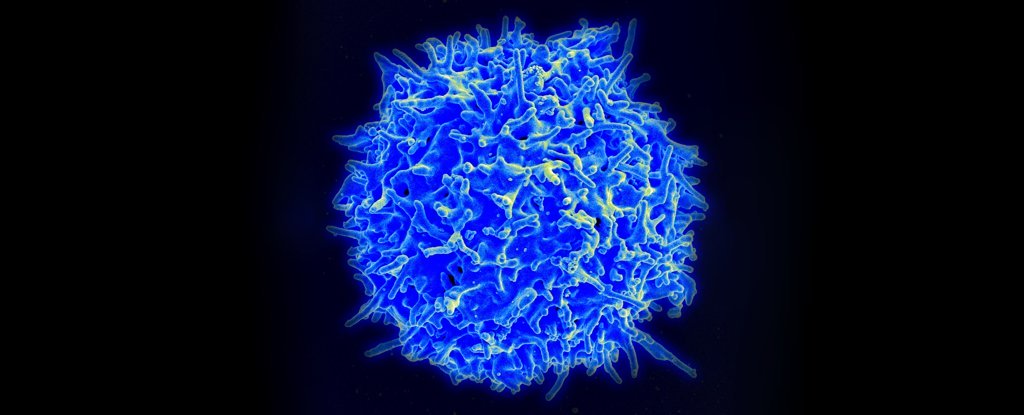The Emperor of all Maladies is how Siddhartha Mukherjee, an Indian-born American physician and oncologist, aptly described cancer. Cancer, this scourge of mankind going back as far as 4,600 years ago when it was identified by the Egyptian physician Imhotep (the first in recorded history). Cancer takes one of the most successful traits of complex eukaryotes, cell division, and weaponizes it in unchecked cellular growth; some even consider cancer to be a more evolved form of cell division. This ailment has plagued humanity, and baffled physicians for centuries as they attempt to tackle the seemingly impossible, discover a cure for cancer.

Through the centuries in the quest for a cure there have been numerous iterations of cancer treatments. In antiquity cancer was believed to be the result of an imbalance of four cardinal fluids: blood, black bile, yellow bile, phlegm. Balancing these fluids would/should in turn resolve the cancer. In the medieval and early industrial eras bloodletting was a common approach to tackling this ailment, again to no avail. In the 19th century as the practice of medicine became more formalized and systematic, surgeons devised various approaches to remove tumors and recently discovered X-rays were also used to treat cancer (radiation treatment). In the 20th century, as cancer became the second most common cause of death after heart disease in the United States, the development of chemotherapy was utilized to treat cancer in conjunction with surgery.
Despite all of these efforts humanity shifted into the 21st century with cancer still a blight in our society. The destructive (killing healthy as well as unhealthy cells) approaches to treating cancer have been largely unchanged over the centuries, and at a population level unsuccessful in ridding humanity of this curse. However, recently British scientists at the University of Cardiff discovered a new type of T-cell (a type of lymphocyte or white blood cell or immune cell) that targets only cancer cells and leaves healthy cells undisturbed. T cells defend the body from diseases, but they’re often unsuccessful in defending the body against cancer. However, a type of immunotherapy called T-cell therapy improves T-cells’ potential to destroy cancer.
The researchers were looking for immune cells (T-cells) that could fight bacteria, when they stumbled upon an immune cell carrying a never-before-seen receptor. The receptor on these immune cells acts like a grappling hook, latching on to most human cancers, and ignoring healthy cells substantially enhancing the ability of these cells to kill cancer. In laboratory studies, immune cells equipped with the new receptor were shown to kill lung, skin, blood, colon, breast, bone, prostate, ovarian, kidney and cervical cancer.
This finding heralds a major breakthrough in cancer research and treatment, and in many ways taps into the holy grail of immunology: engineering the immune system to tackle disease. Testing is still at an early stage, having been conducted only in mice and in human cells in the lab, not yet in living patients. But the preliminary results are promising, and suggest we could be on the verge of a significant advancement in cancer treatment, one that has the potential to revolutionize how we tackle this ailment that has plagued mankind for centuries.
You can read more about this amazing discovery in the journal Nature.